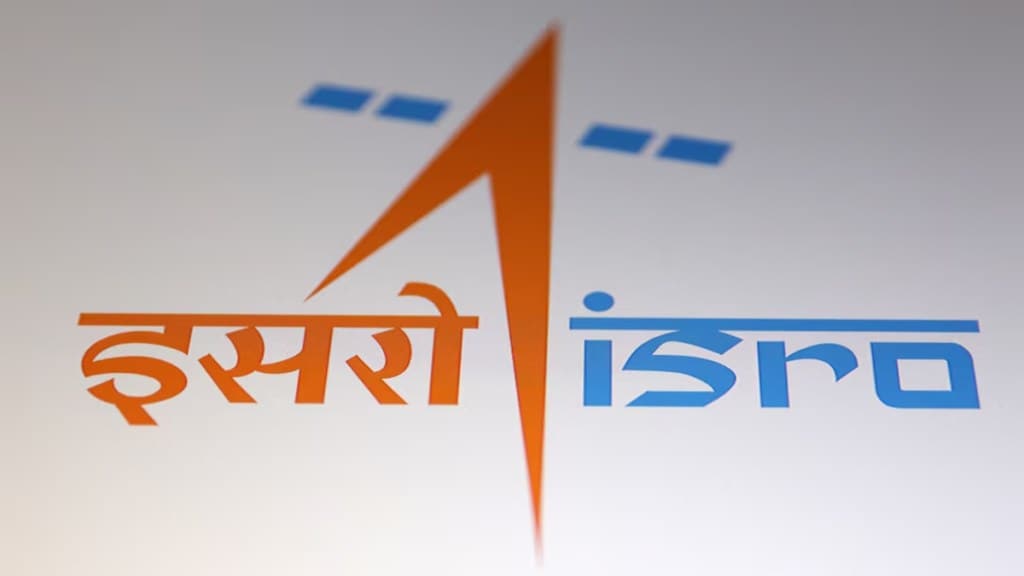By Akhil Gupta
Next month, the Indian Space Research Organisation (ISRO) will launch a communication satellite of US-based AST Space Mobile on Launch Vehicle Mark-3 or LVM3 (previously known as Geosynchronous Satellite Launch Vehicle or GSLV MK-3). It marks a watershed moment in the space agency’s march towards becoming a global player in the satellite launch industry. While it makes us proud as Indians, for the people at Bharti Enterprises it has special significance due to a crucial role played by the organisation in making this possible.
This article will delve into two aspects.
Firstly, a valid question will be about ISRO making headlines in the recent past with important achievements such as: Successful deployment of SpaDeX mission, a cost-effective technology mission for demonstration of in-space docking essential for establishing the Indian Space Station and “Indian on Moon” project; becoming the first space agency to reach Mars in its first attempt, preparing to develop and launch a follow-up Mangalyaan 2 or Mars Orbiter Mission 2; becoming the fourth country to successfully land a spacecraft on the moon; becoming part of a select group of only six nations to have operational cryogenic rocket engines; and advanced preparation of Gaganyaan mission to send humans to space in 2025.
Why is the launch of communication satellites by a US company so important? The answer to this is that while ISRO has been successful earlier with government-sponsored projects, in the commercial private segment it has so far only managed to launch small satellites with small loads in terms of total weight. It was thus never in the reckoning for the launch of communication satellites which would typically have high loads of over five tonnes. Even when ISRO developed this capability with its LVM3 rocket enabling heavy payloads to the Low Earth Orbit (LEO), the agency would have found it difficult to find customers in the global market due to a lack of proven experience/precedent for such complex and “risky” launches.
The second legitimate question: Why is the communication satellite launch market so important for ISRO’s space ambitions? The reason is it is expected that in the coming years a large number of communication satellites will be launched every year (other than from China and Russia), mainly in LEO and some in MEO (Medium Earth Orbit). As of July 2024, there were 12,994 satellites in orbit (CEOWORLD Magazine) of which the majority were in LEO (that is up to 1,200 km above the earth). According to the Telecom Regulatory Authority of India, the total satellites planned by various operators exceed 75,000. Of these, it can be safely assumed that the total number of satellites over the next few years would reach 40,000 to 50,000 based on new LEO and MEO launches that are in the pipeline. The life of these satellites range between five and eight years, so the satellites in orbit would need replacements. It is estimated that over time, 5,000 to 6,000 satellites would need to be launched annually for replacements alone.
At present, the launch cost of approximately $1.5-2 million per satellite, depending on the weight of the satellite, implies a global market of $7.5 billion to $12 billion per year. No doubt a significant portion of this will go to SpaceX for Starlink launches and possibly to Blue Origin for Kuiper launches. But it will still leave a large enough market for only a few companies with such launch capabilities globally. Examples are Arianespace of France, United Launch Alliance (a joint venture between Boeing and Lockheed Martin), NASA (National Aeronautics and Space Administration), Mitsubishi of Japan, and ISRO. Considering the current geopolitical situation, Russian and Chinese facilities are of course out of the reckoning for most launches by the rest of the world. ISRO, with its low-cost rockets and capability to innovate and achieve very reasonable launch costs, can aspire to be a major player in the global industry which can only grow with increasing replacements of satellites. The communication satellite launch industry could thus be a catalyst for ISRO and NewSpace India Ltd (NSIL, the commercial space contracts division of the government of India) becoming self-reliant and profitable.
Finally, the role played by Bharti Group through its group company, OneWeb, in putting ISRO in the global reckoning for such launches. On October 23, 2022, at 00.07 hours, OneWeb launched 36 satellites as part of its 648-satellite LEO constellation using ISRO’s LVM3 rocket and the agency’s launch pad at Sriharikota in Andhra Pradesh. This was the first order for ISRO and NSIL using the LVM3 rocket. This was followed by another successful launch of 36 satellites of OneWeb by ISRO on March 26, 2023, again on the LVM3. The second success established ISRO as a proven launch partner and in the words of then ISRO Chairman S Somanath, “This launch has created a new record in Indian space history. With this launch of LVM3, through the NewSpace India Ltd, ISRO is confident of handling many more such launches on demand for both LEO and GEO missions in the future.”
I have no doubt that having proven its technical capabilities, ISRO now has the potential to become a major player in the global space launch industry. One hopes the necessary investments required for increased capacities, resulting in even lower and competitive costs with economies of scale, will bemade available.
The Bharti Group remains committed to its strong partnership with ISRO and NSIL with the aim of global recognition for the Indian agency in the space communications market with more launches by OneWeb in the coming years.
The writer is vice chairman, Bharti Enterprises, and director, Eutelsat OneWeb.
Disclaimer: Views expressed are personal and do not reflect the official position or policy of FinancialExpress.com. Reproducing this content without permission is prohibited.

